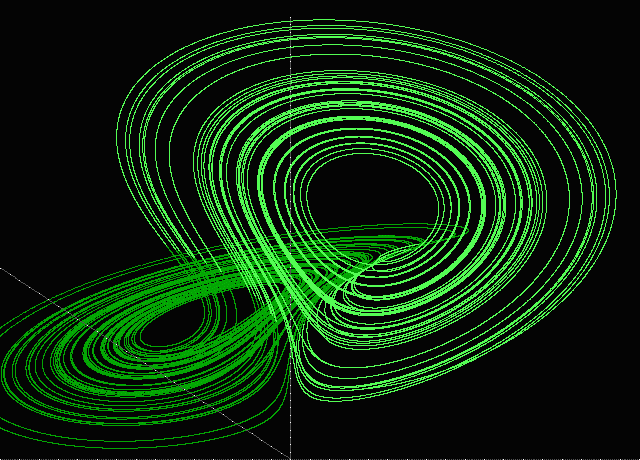|
"One
was the face of Nature; if a face: |
Math 5195: Graduate Seminar
Tuesday 10:30 – 11:20AM
in CRBL 203 (after February 8)
Introduction to Hilbert Spaces
Instructor: M. A. Khamsi.
 The mathematical concept of
a Hilbert space, named after David Hilbert, generalizes the notion of Euclidean
space. It extends the methods of vector algebra from the two-dimensional plane
and three-dimensional space to infinite-dimensional spaces. In more formal
terms, a Hilbert space is an inner product space — an abstract vector space in
which distances and angles can be measured — which is "complete",
meaning that if a sequence of vectors is Cauchy, then it converges to some
limit in the space. Hilbert spaces arise naturally and frequently in
mathematics, physics, and engineering, typically as infinite-dimensional function
spaces. They are indispensable tools in the theories of partial differential
equations, quantum mechanics, and signal processing. The recognition of a
common algebraic structure within these diverse fields generated a greater
conceptual understanding, and the success of Hilbert space methods ushered in a
very fruitful era for functional analysis. Geometric intuition plays an
important role in many aspects of Hilbert space theory. An element of a Hilbert
space can be uniquely specified by its coordinates with respect to an orthonormal basis, in analogy with Cartesian coordinates in
the plane. When that basis is countably infinite,
this means that the Hilbert space can also usefully be thought of in terms of
infinite sequences that are square-summable. Linear
operators on a Hilbert space are likewise fairly concrete objects: in good
cases, they are simply transformations that stretch the space by different
factors in mutually perpendicular directions.
The mathematical concept of
a Hilbert space, named after David Hilbert, generalizes the notion of Euclidean
space. It extends the methods of vector algebra from the two-dimensional plane
and three-dimensional space to infinite-dimensional spaces. In more formal
terms, a Hilbert space is an inner product space — an abstract vector space in
which distances and angles can be measured — which is "complete",
meaning that if a sequence of vectors is Cauchy, then it converges to some
limit in the space. Hilbert spaces arise naturally and frequently in
mathematics, physics, and engineering, typically as infinite-dimensional function
spaces. They are indispensable tools in the theories of partial differential
equations, quantum mechanics, and signal processing. The recognition of a
common algebraic structure within these diverse fields generated a greater
conceptual understanding, and the success of Hilbert space methods ushered in a
very fruitful era for functional analysis. Geometric intuition plays an
important role in many aspects of Hilbert space theory. An element of a Hilbert
space can be uniquely specified by its coordinates with respect to an orthonormal basis, in analogy with Cartesian coordinates in
the plane. When that basis is countably infinite,
this means that the Hilbert space can also usefully be thought of in terms of
infinite sequences that are square-summable. Linear
operators on a Hilbert space are likewise fairly concrete objects: in good
cases, they are simply transformations that stretch the space by different
factors in mutually perpendicular directions.
Target Audience:Senior Undergraduate Math Majors (as Independent Study), Graduate Students in Mathematics and Statistics, MAT Students, and others.
Prerequisite: A good foundation in General Topology, Linear Algebra, and Advanced Analysis. Notions on Normed and Metric Space theory will be of invaluable help. However, the class will be essentially self-contained and all mathematical objects needed, will be defined on the way.
Links
of Interest:
· Hilbert Spaces, by Vladimir V. Kisil
· Notes on Hilbert Spaces, by Vladimir V. Kisil
Last updated: